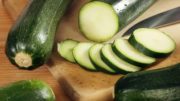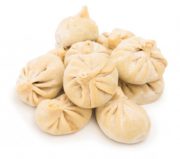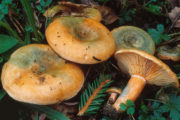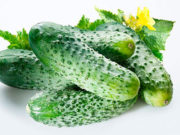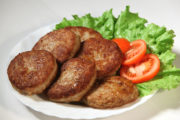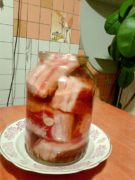How to freeze zucchini
Zucchini squash is used in many dishes. But zucchini is a seasonal vegetable, and for baby food it is needed all year round. Can zucchini be frozen for baby food?
Can. Like all vegetables, zucchini can be frozen for later use during the winter.
Young, fresh zucchini are selected for freezing. Inspect them for rot or lethargy. These parts need to be removed. Old zucchini can also be frozen, but after defrosting, the inside just floats away along with the water. Such zucchini are suitable for stuffing, but for more delicate dishes, it is better to select young fruits.
When fresh (raw) zucchini is frozen, it may change its taste and consistency somewhat. They become “rubbery”, lose their aroma and taste, but blanching will save everything.
Cut the zucchini into cubes, circles, slices, whatever you like. You can prepare several bags so that you have zucchini for all occasions.
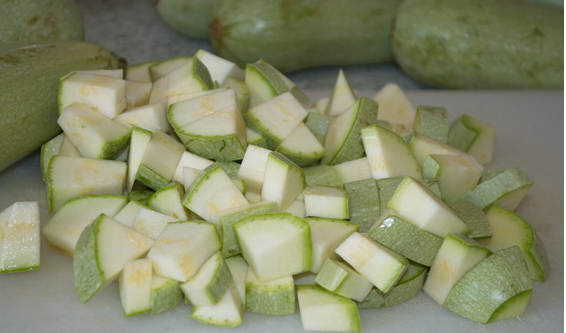
Boil water in a saucepan, add a little salt, and blanch the zucchini in small portions, stirring occasionally with a slotted spoon.
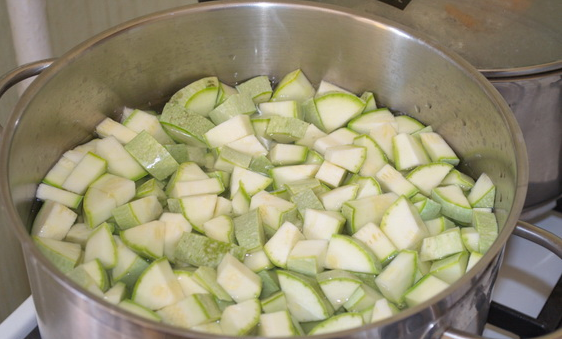
Drain the water and place the zucchini in a colander. While this batch cools and drains, work on the next batch of zucchini.
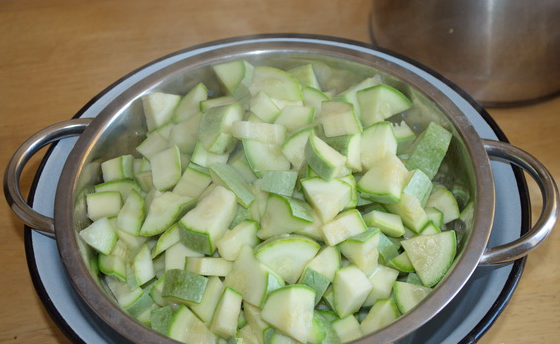
Dry the blanched zucchini on a spread cloth. There is no need to rush into this; the less water there is in them, the better they will retain their taste.
Pack the preparations into bags, and you can send them for winter storage.
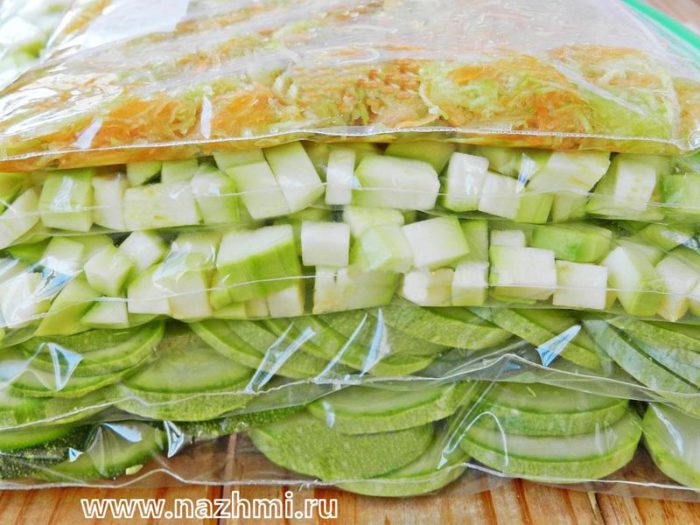
Grated zucchini makes very tasty pancakes, and if you have a few large zucchini left, you can use them to prepare a semi-finished product for the winter. Peel the zucchini, grate them on a coarse grater and add a little salt. The zucchini will immediately release juice, which needs to be squeezed out a little, or just allowed to drain.

After this, you can put it in bags and delight your family with summer dishes in winter.
How to properly freeze zucchini, watch the video:

